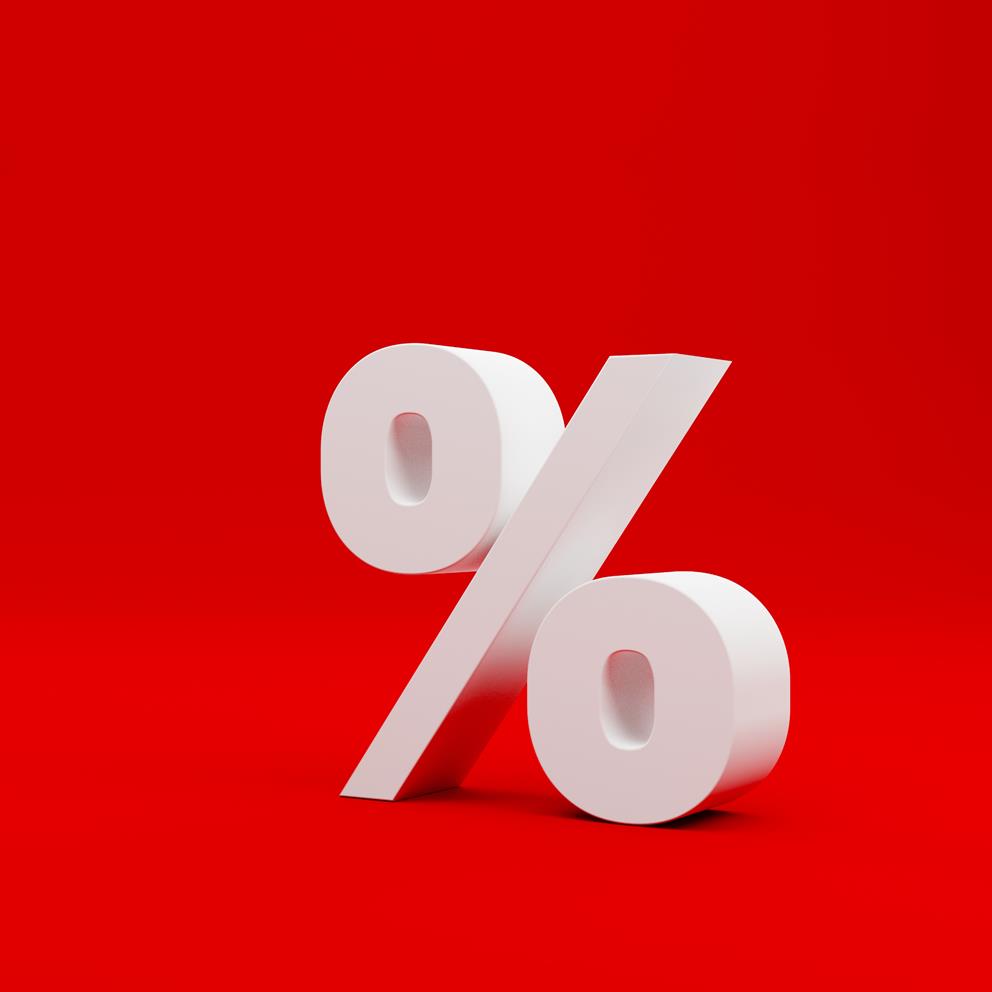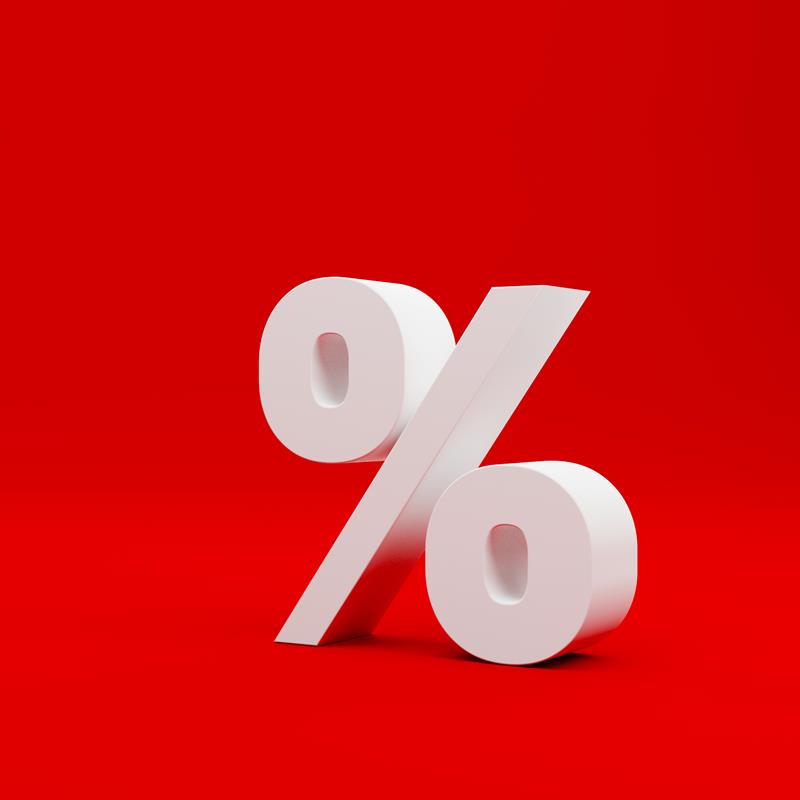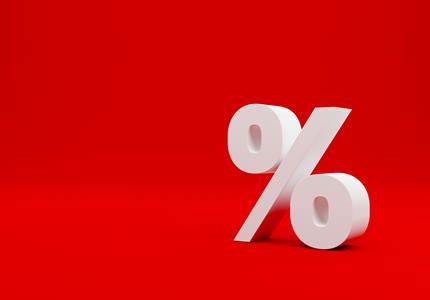

Interest rates and their effects
This article was originally written for our monthly column in the Jersey Evening Post, which you can read here.
Following a prolonged period of low inflation from early 2009 to 2021 across much of the developed world, which saw interest rates at historic lows (even negative in some cases), central banks embarked on a mission to control the inflation, which had suddenly emerged and which threatened to unwind the stability that low rates and fiscal stimulus had provided following the banking crisis in 2008.
Their approach included the raising of rates in a co-ordinated fashion, which saw, for instance, the UK base rate go from 0.1% in December 2021 to 5.25% by August 2023. However, we now find ourselves in a situation where inflation is slowing, and following Switzerland’s 0.25% base rate cut last week, expectations are growing that the UK, US and EU will follow soon. Current consensus has UK at 4.243%, EU at 3.007% and the US rates at 4.551% by the end of 2024.
As interest rates directly affect the cost of borrowing, lower rates will encourage consumers to splash out, particularly for big-ticket items such as home renovations, cars and luxury items. For businesses, cheaper borrowing can encourage expansion, investment in the business, job creation and economic growth.
Higher interest rates, and therefore higher borrowing costs, will curb spending and slow economic activity. Businesses generally protect their cash, are reluctant to expand and may look to shrink the workforce.
Marketing budgets are cut and the knock-on effects are felt across many sectors of the economy. Consumers will also rein in their spending habits, impacting retail and other consumer-led activities.
Financial markets are impacted by higher interest rates as investors are inclined to hold cash/cash deposits with a higher-than-average rate of return with little or no risk. This all changes when rates are low, and cash rates no longer keep pace with inflation. Investors will then turn to “risk assets”, such as stocks, bonds, property and alternatives, for returns.
Currencies are also directly affected when central banks act to counter the effects of inflation by adjusting their interest rates. Therefore, in times of higher inflation, the resulting higher interest rates will attract foreign capital seeking higher returns, and this in turn will strengthen that currency relative to others. Of course, lower interest rates will have the opposite effect.
With mortgage rates closely correlated to interest rates, house prices and affordability are directly affected. At times of low interest rates, mortgage payments are manageable and encourage people to buy, driving up property prices.
Demand and affordability can be quickly wiped out in a higher-interest-rate environment. Buy-to-let investors will also feel the effects hard, as borrowing costs spiral and underlying tenants are squeezed.
Interest rates are therefore an effective tool for central banks to use to navigate the different cycles and stages of economies and to control inflation.
Of course, it’s not always plain sailing, and last week we also saw Turkey raise its key interest rate by 5% to 50% in an effort to control rampant inflation, currently running at close to 70%. This is largely due to President Erdogan’s rather unconventional monetary policy and keeping rates low in an overheated economy.
Sources:
-
Bank of England, CNBC and Bloomberg



